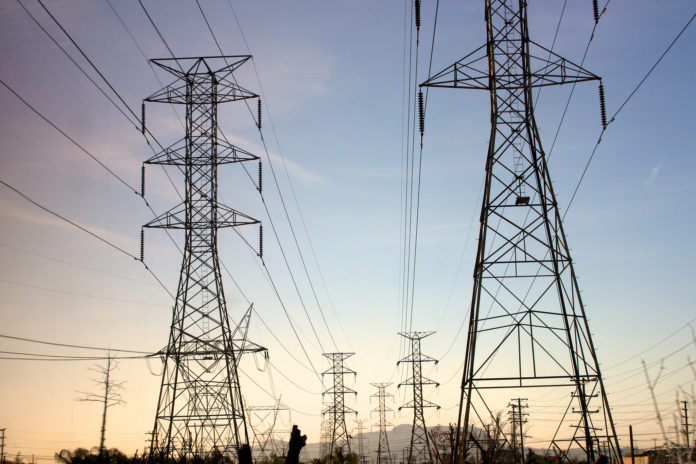KCP&L has tentatively agreed to trim electric bills after seeking a $26 million rate increase, according to an agreement filed with state regulators.
KCP&L will cut rates by $10.7 million as part of an agreement with several Johnson County school districts, Walmart, Overland Park Regional Medical Center and Johnson County Community College, among others.
As part of the settlement, the Kansas Corporation Commission will investigate whether a special rate class should be considered for schools, which are struggling to get a handle on utility rates at a time when school finance has been a hot-button issue at the Capitol.
Rates are also an issue that’s surfaced in the Kansas governor’s race, with Republican Kris Kobach calling for lower utility rates to make the state more competitive for business.
Under the terms of the agreement, residential rates for Kansas customers will be reduced by 40 cents a month — or 0.4 percent — for the average residential customer, according to KCP&L.
The average small commercial business will see a $2-per-month reduction, or a 1.2 percent cut, the company said.
“KCP&L was glad to work with all the parties to provide Kansas customers a small reduction, which is in line with our recent agreements with Missouri customers as well as Westar customers,” spokesman Jeremy McNeive said in an email.
“The reduction in the requested increase was significantly impacted by a more rapid return of tax reductions to customers,” McNeive wrote.
KCP&L serves 254,000 customers in Kansas, including 224,000 residential consumers.
The agreement must be approved by the Kansas Corporation Commission. The KCC’s staff has indicated it will support the deal.
As part of the agreement, the utility company plans to provide customers $44 million in credits because of tax cuts approved by Congress and the merger with Westar.
If the agreement is approved, $36 million in credits for the tax cuts will be allocated among the customer classes based on revenue, the company said. It’s estimated that half of those credits will go to residential customers. The credits for the merger will be calculated similarly.
Each customer will receive a credit of about $95 — $80 from tax savings and $15 from merger savings, the company said. Ratepayers will receive a one-time credit on their bill about 60 days after the KCC approves the settlement agreement.
The utility company also agreed for the KCC to examine whether a special rate class should be considered for schools. The study would begin on or before July 1, 2019.
Several school districts in Johnson County — Blue Valley, Olathe and Spring Hill — asked the KCC to adopt a separate class of utility rates to account for schools’ unique way of operating.
School districts served by KCP&L are grouped with big commercial users such as Price Chopper, Hy-Vee, Walmart and other businesses, their lawyers say. But schools aren’t run the same way as commercial businesses.
They’re closed a couple months a year, they’re not open as long during the day and they’re not operating during hours when electricity is in high demand, from 2 p.m. to 10 p.m.
A new rate class would allow them to get a better fix on their electric costs as they budget from year to year.
The agreement also calls for KCP&L to allow its customers, including schools, to offset a portion of their electric bills by directly buying renewable energy at a lower cost.
School districts have been struggling with soaring electric rates in Kansas, which are the highest in the Midwest.
Testimony submitted to the KCC shows that the Olathe school district has reduced the amount of energy it used per square foot by 28 percent since 2008, but its KCP&L electric bills still increased.
Likewise, Johnson County Community College has reduced electric usage on its main campus by 25 percent since 2008, while its yearly electric bill jumped by about $1 million over that same time frame, testimony showed.
Critics argued that public schools within the same state — and often with the same county — may pay vastly different rates for electricity.
KCP&L’s price for schools, they said, is 50 percent to 85 percent higher than Westar’s.
Olathe, for instance, has 23 buildings served by Westar and 44 served by KCP&L.
The school district’s electric bill for the buildings served by KCP&L climbed to $4.2 million last fiscal year from $3.7 million in 2015.
Meanwhile, the district’s Westar bills jumped to about $1.6 million from about $1.2 million over the same time frame.













